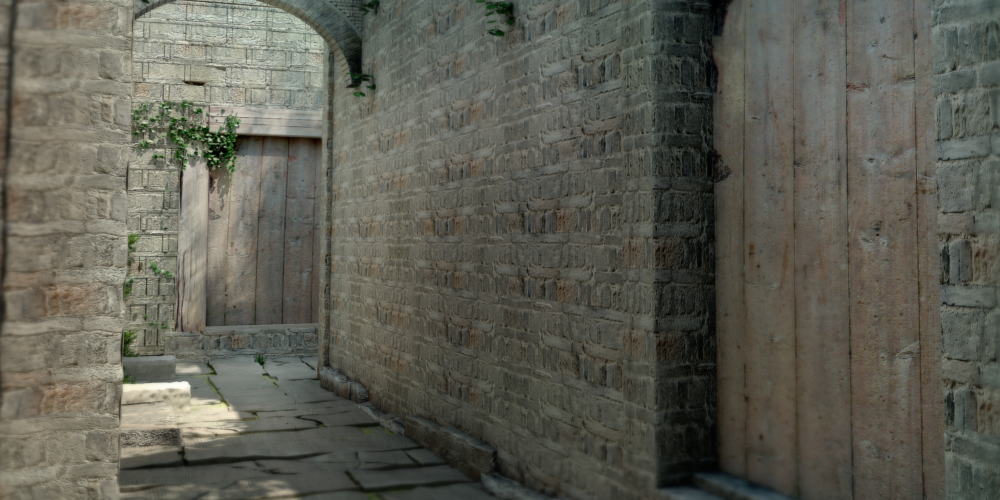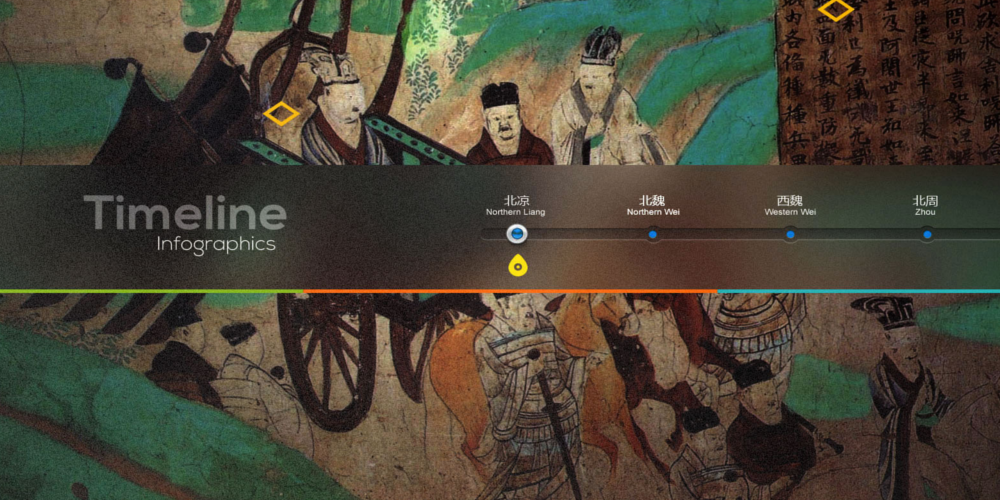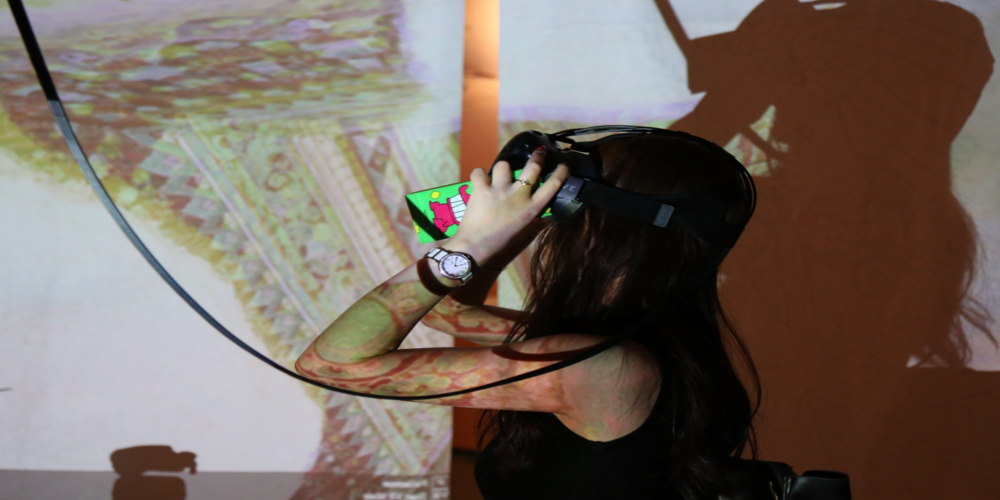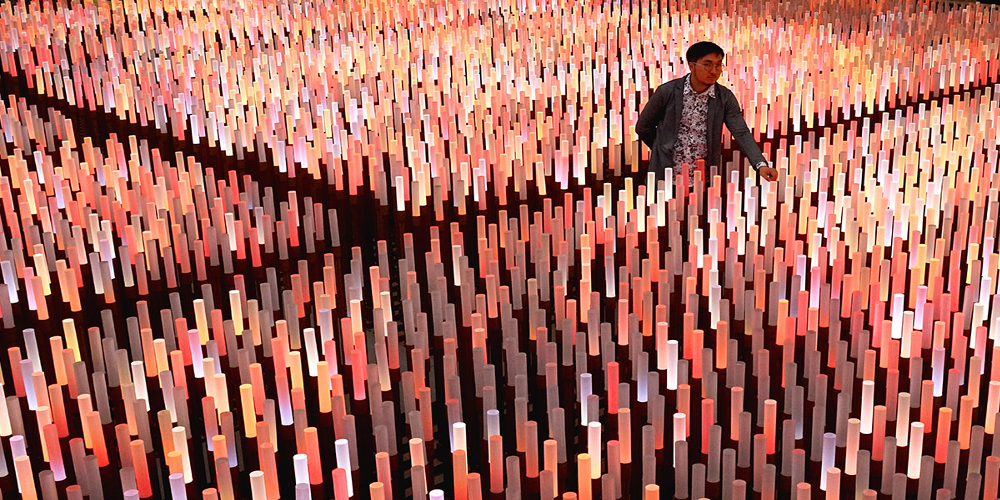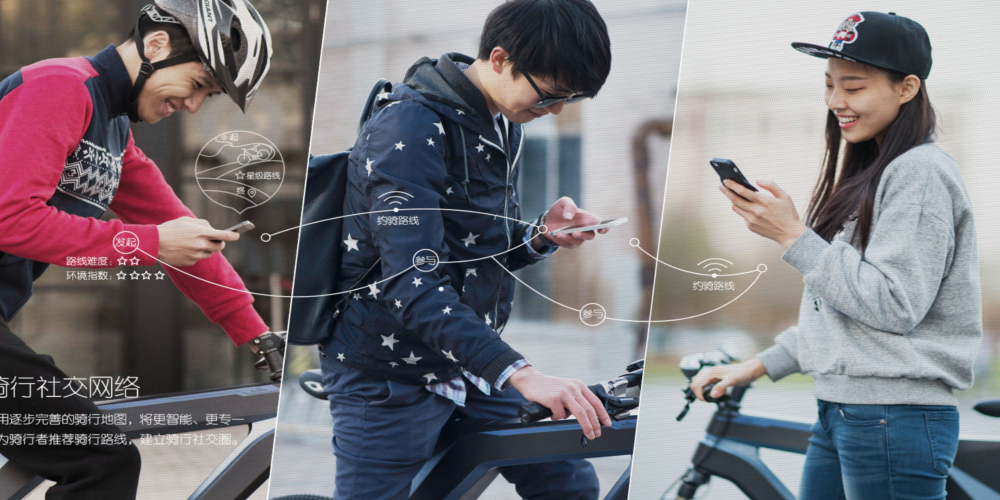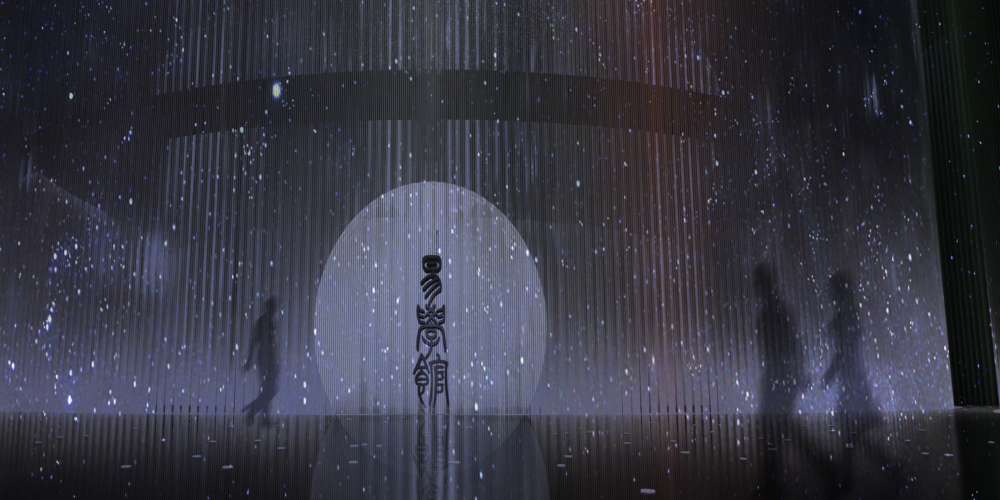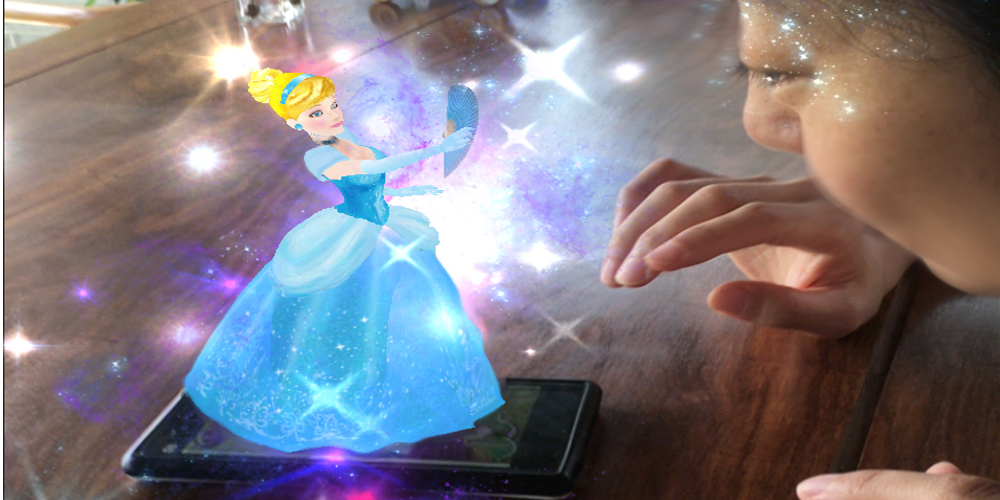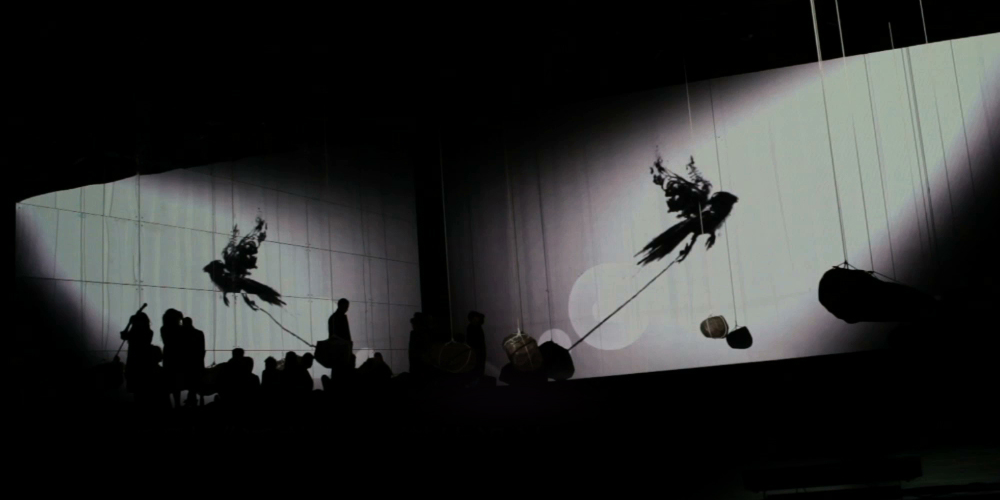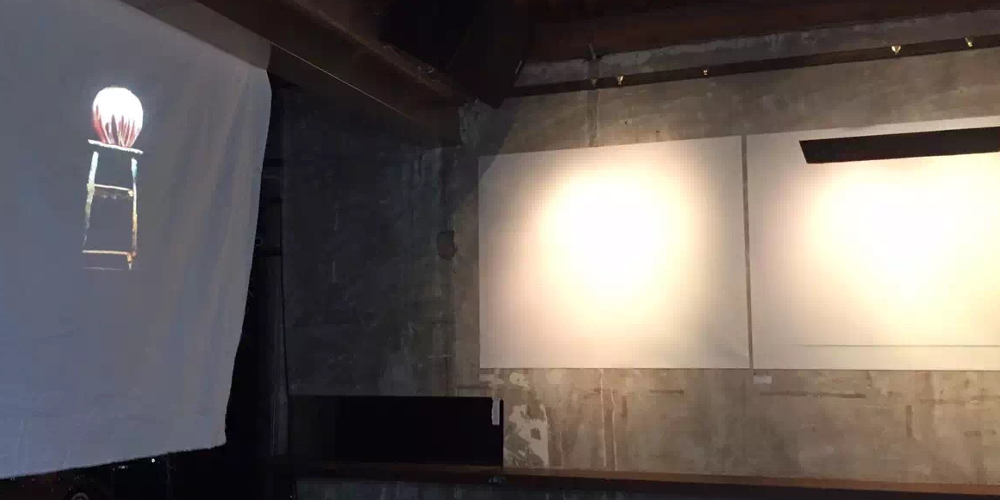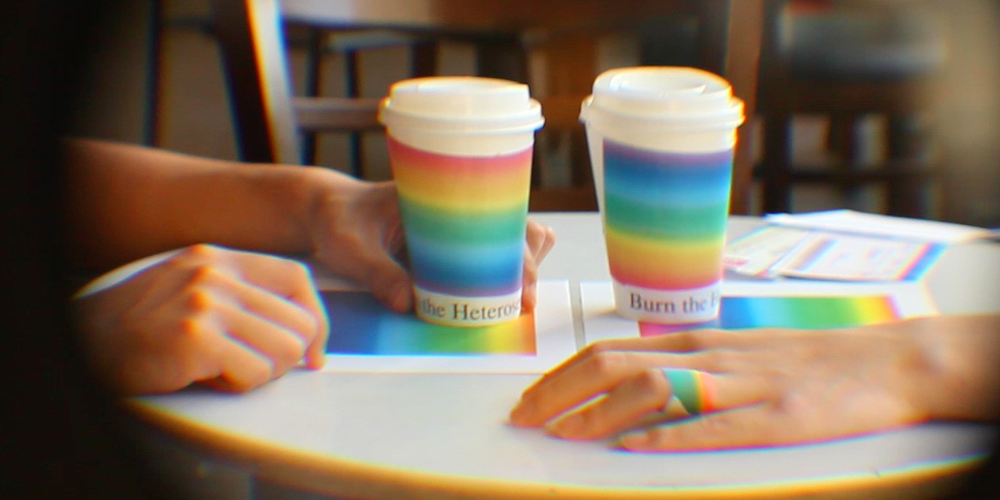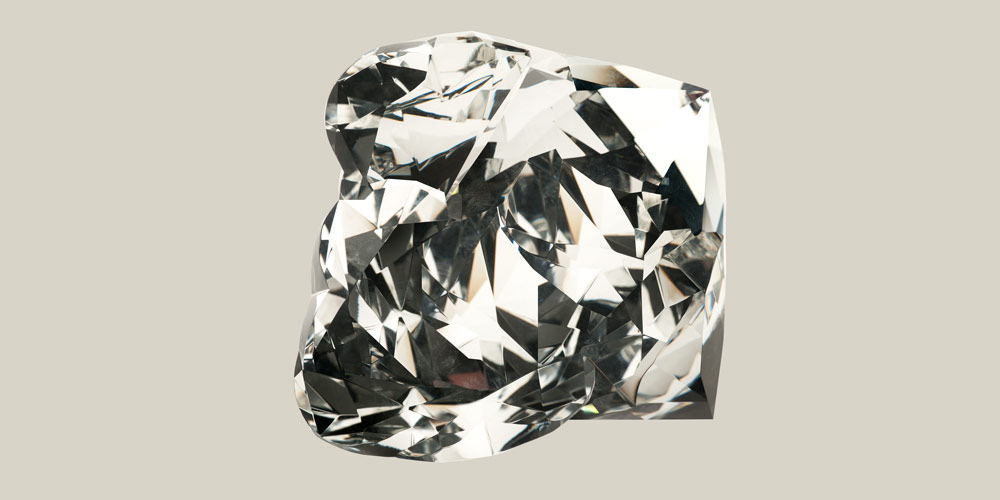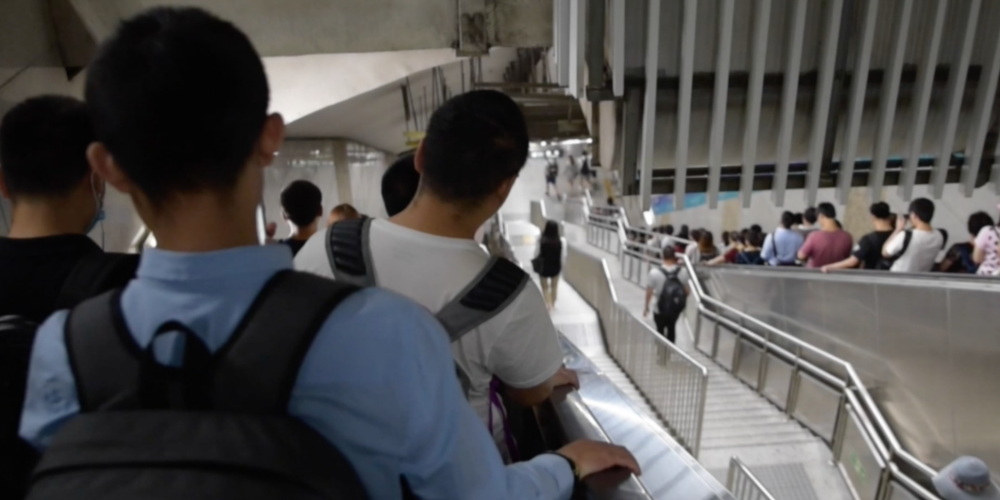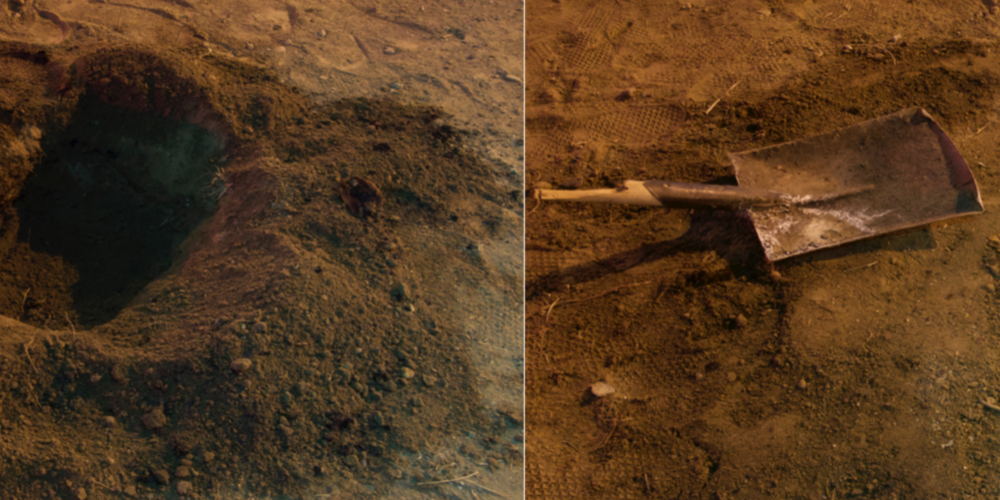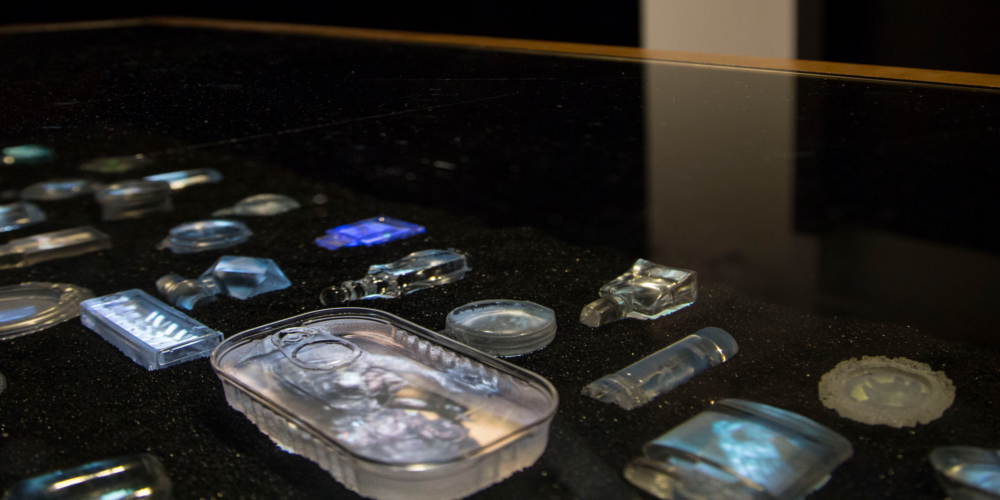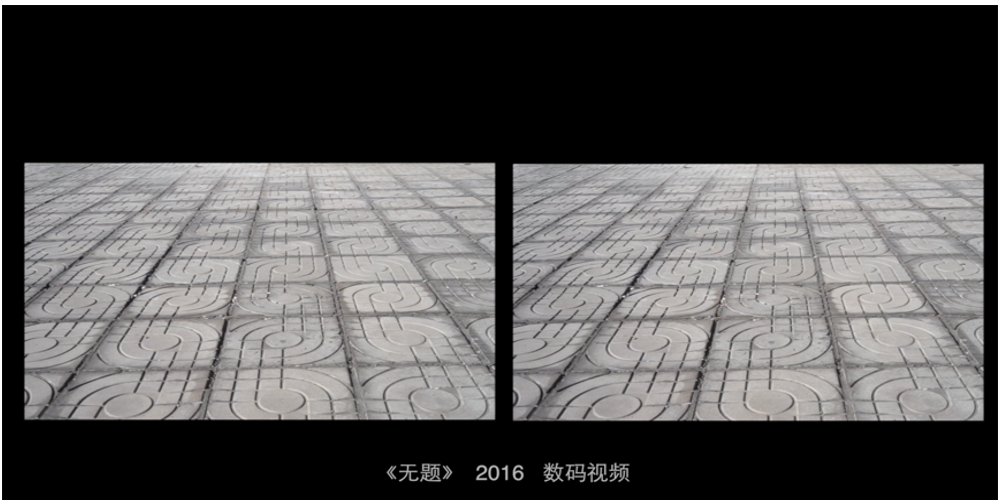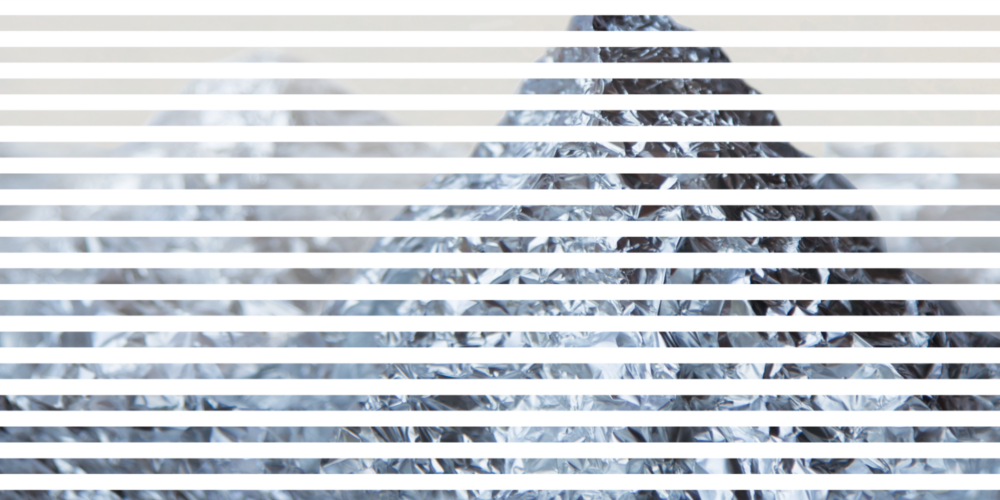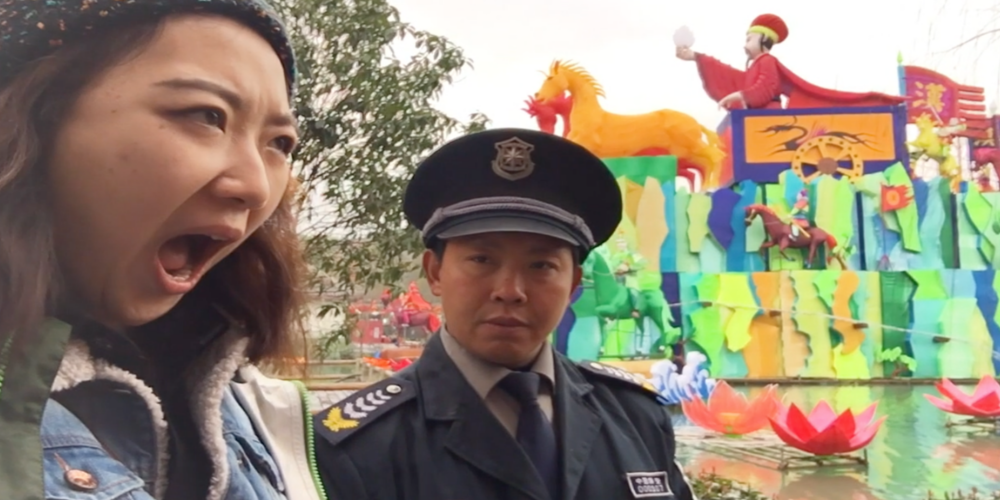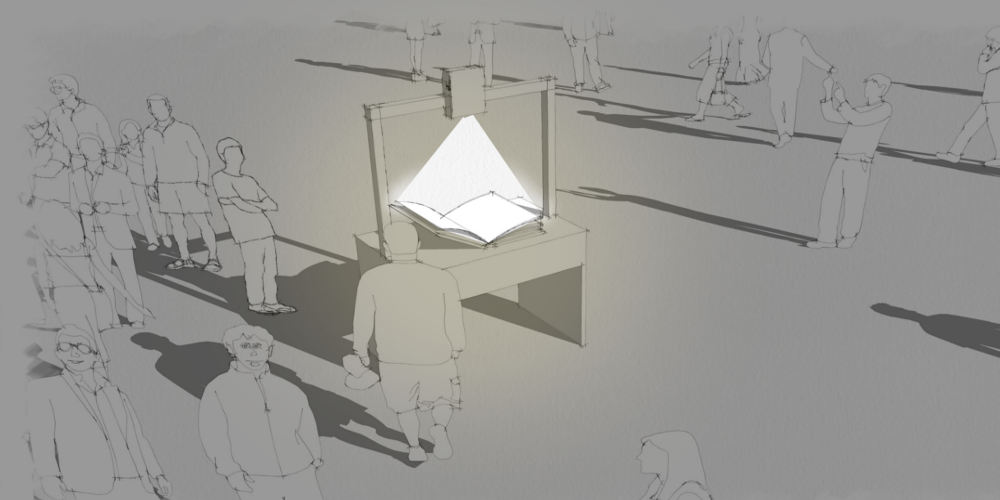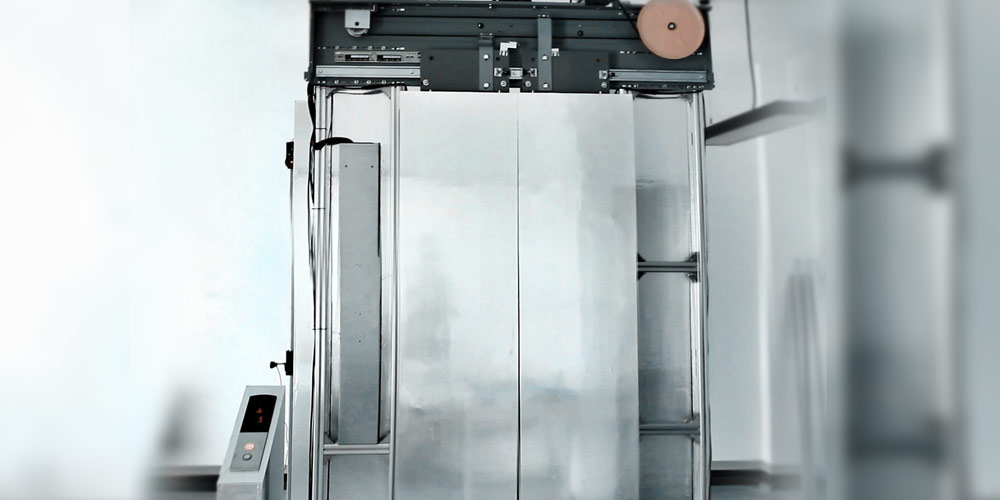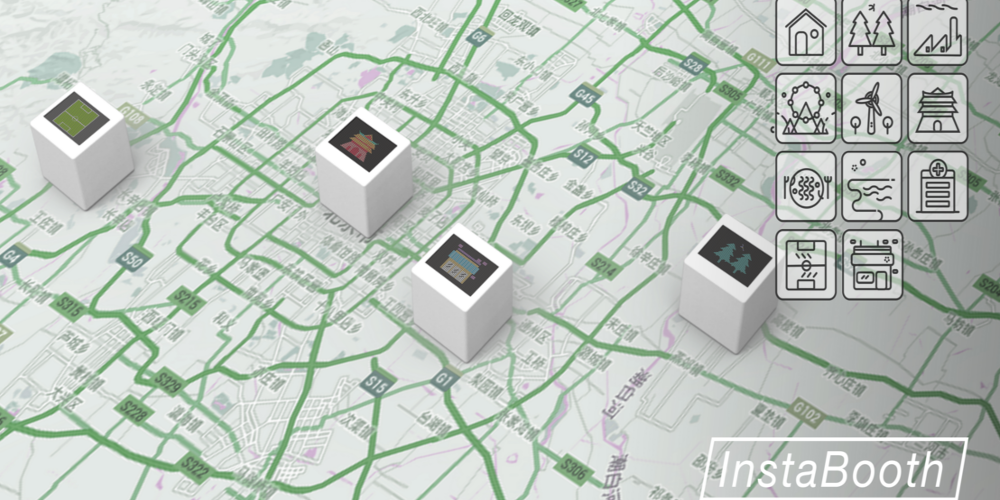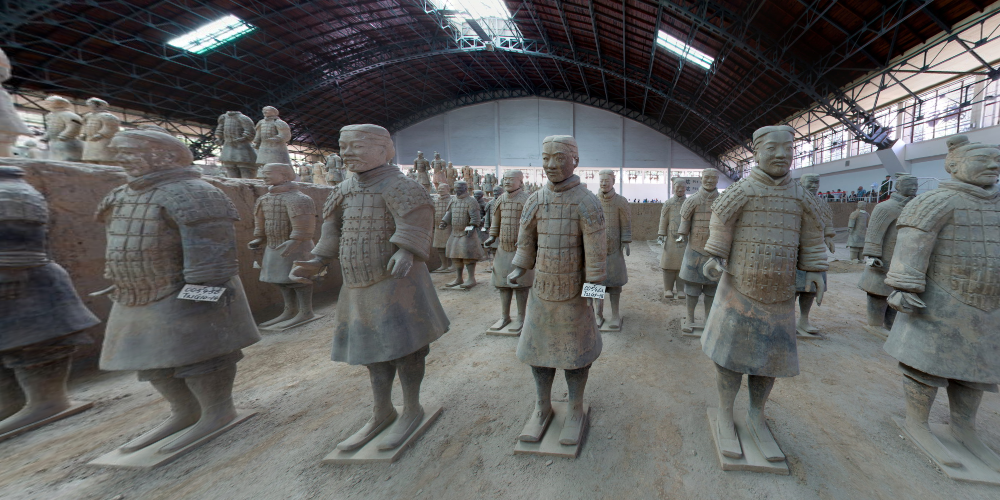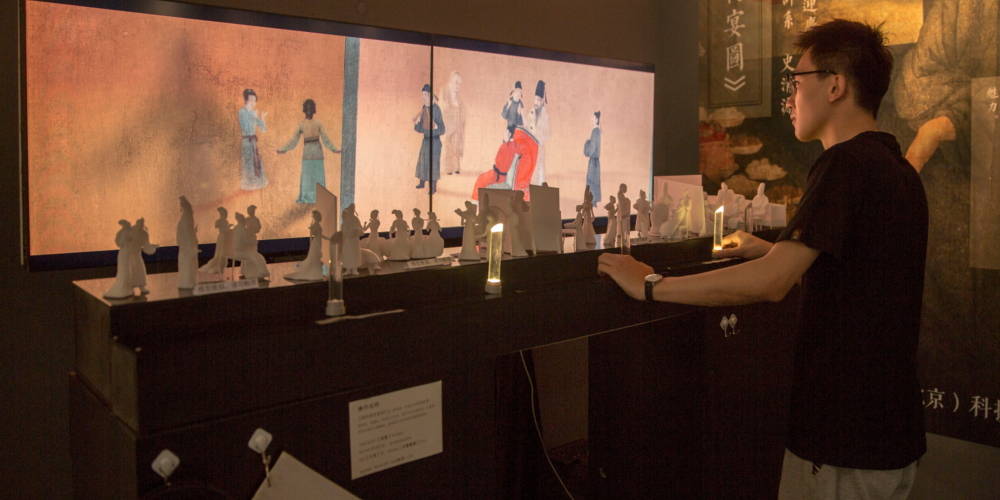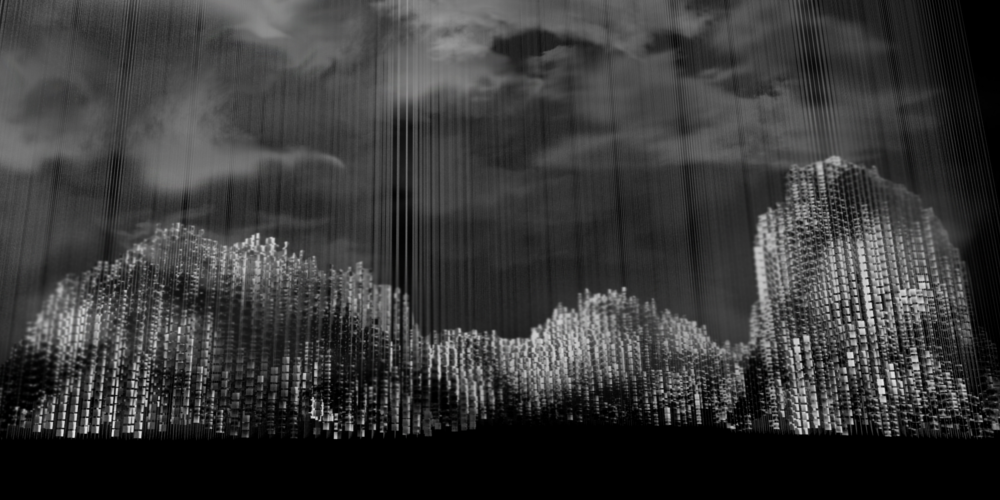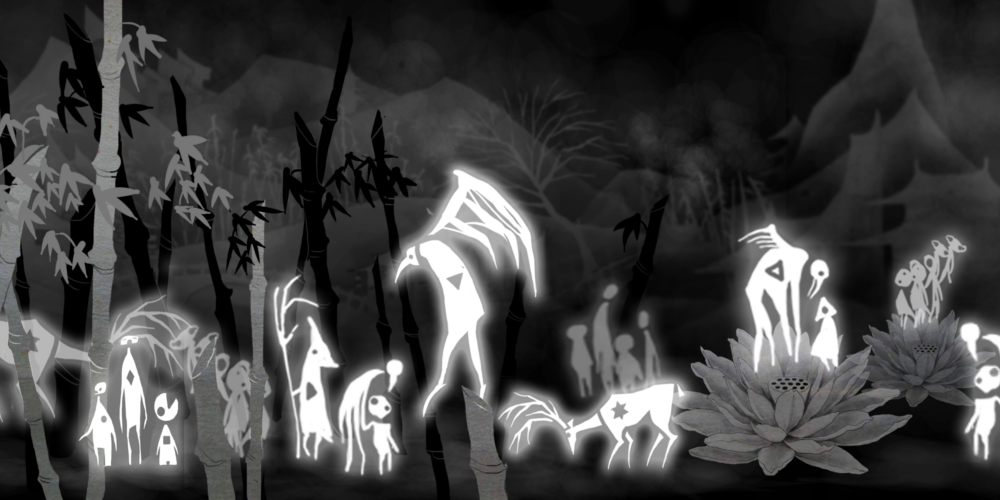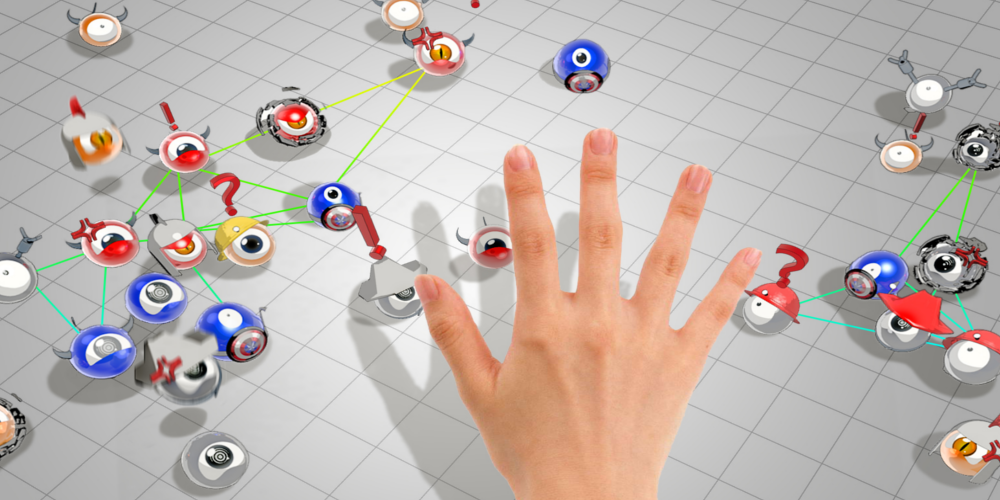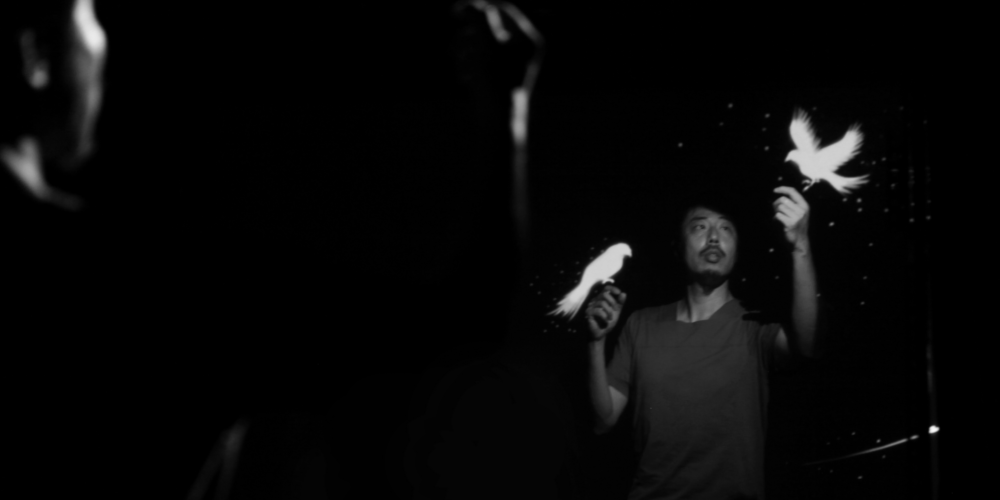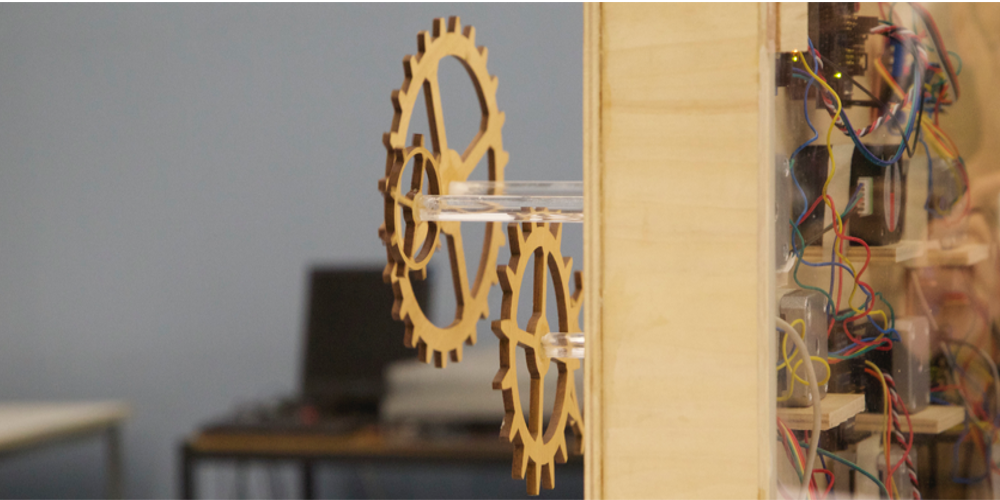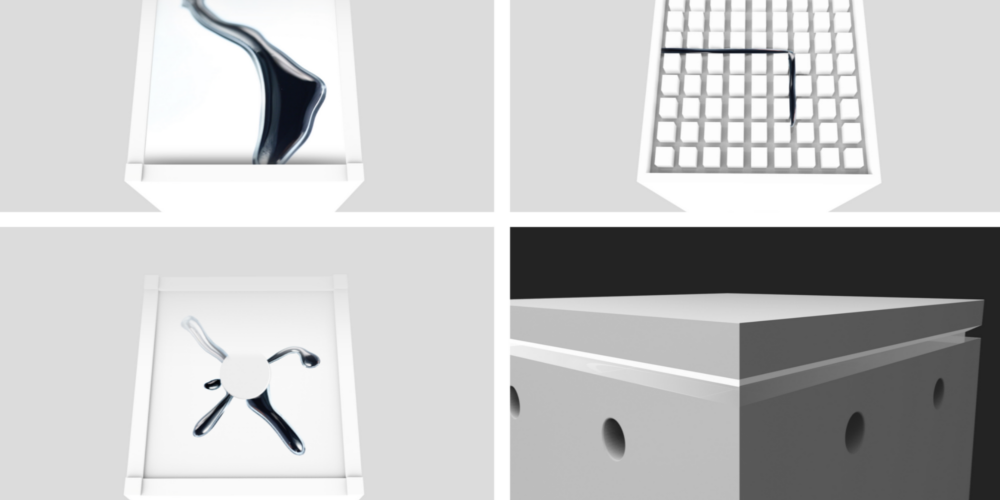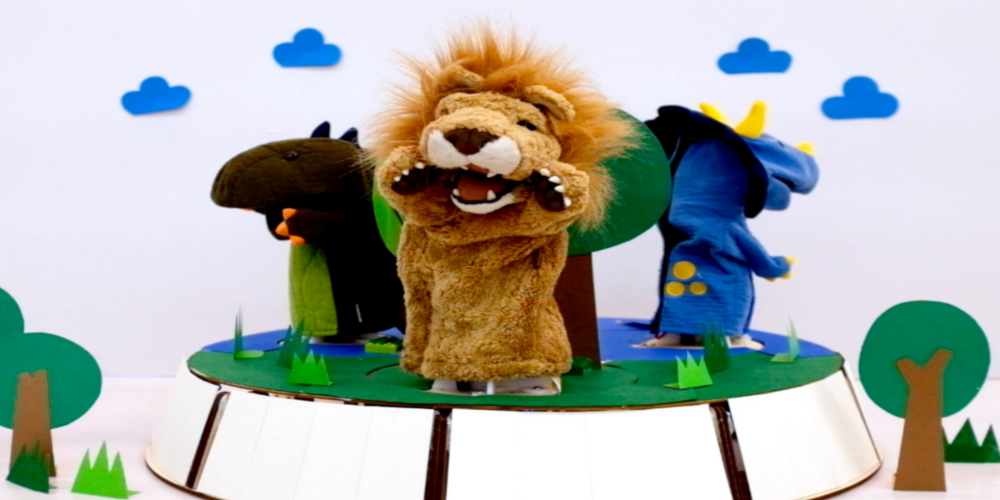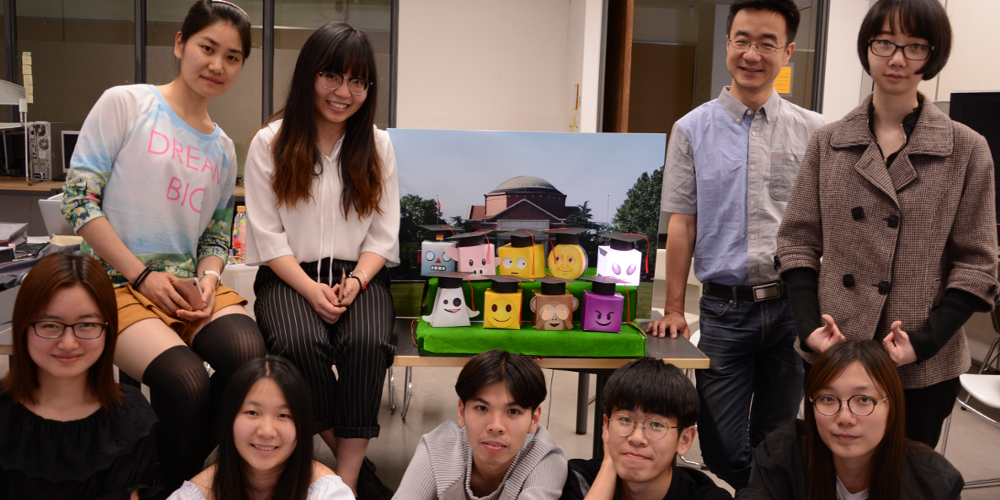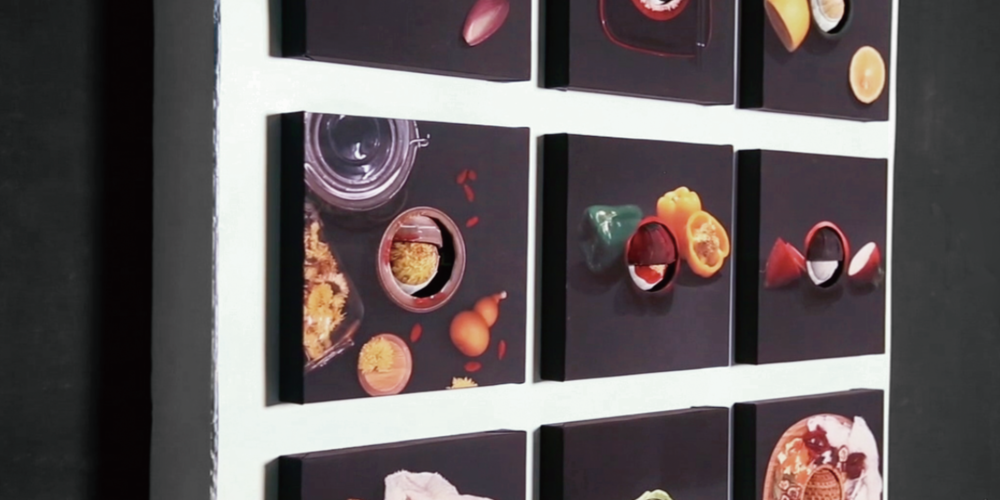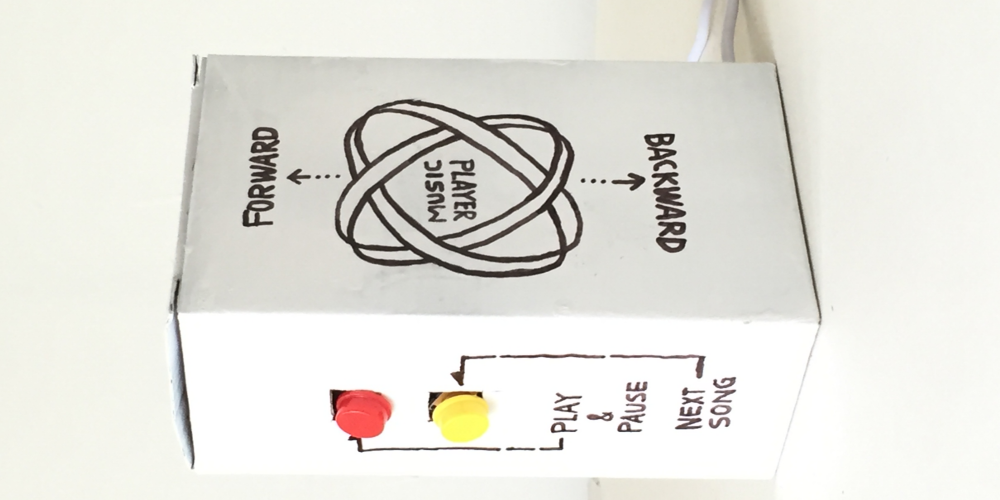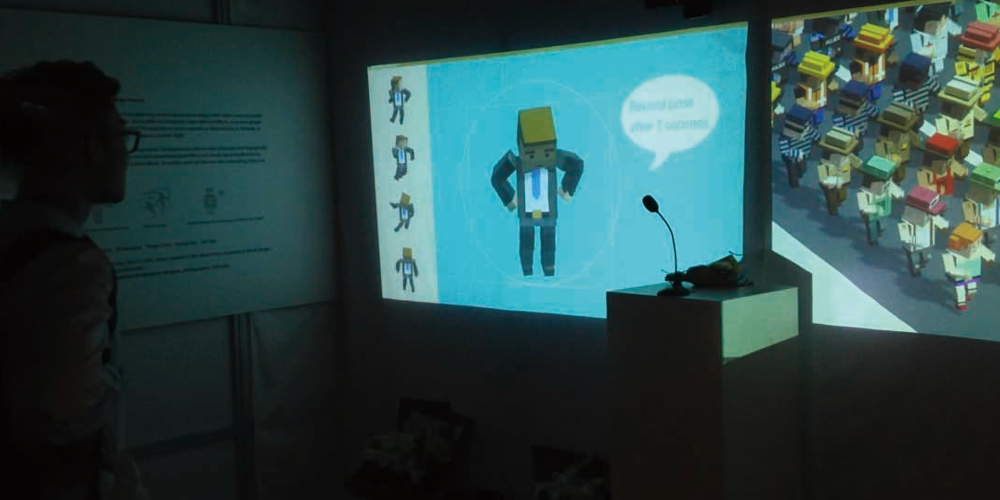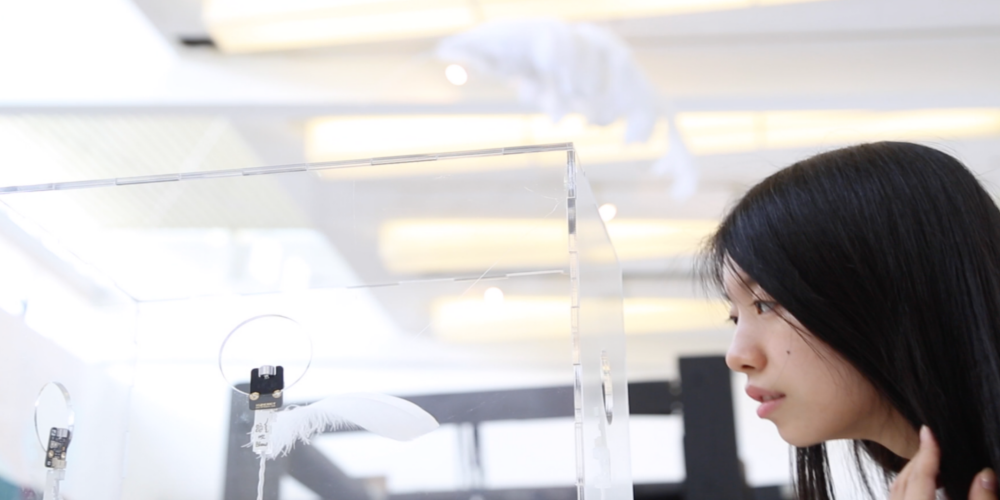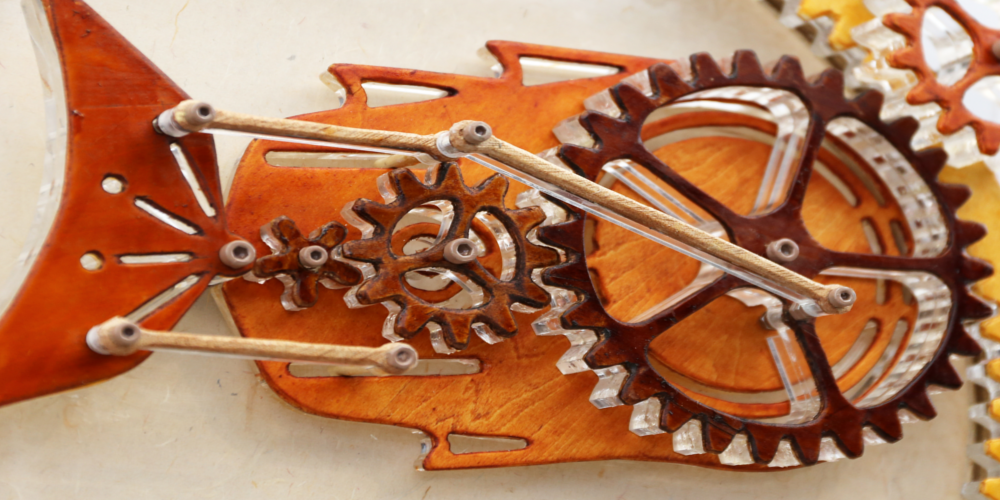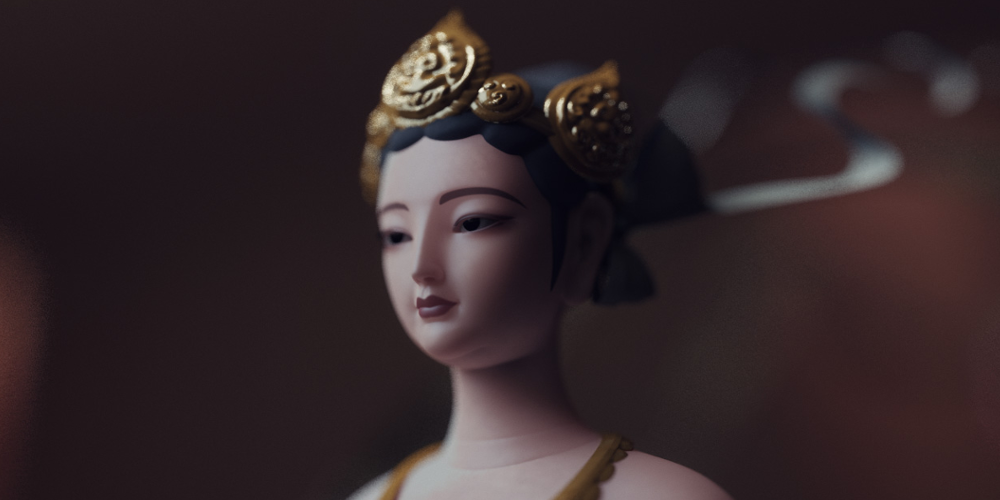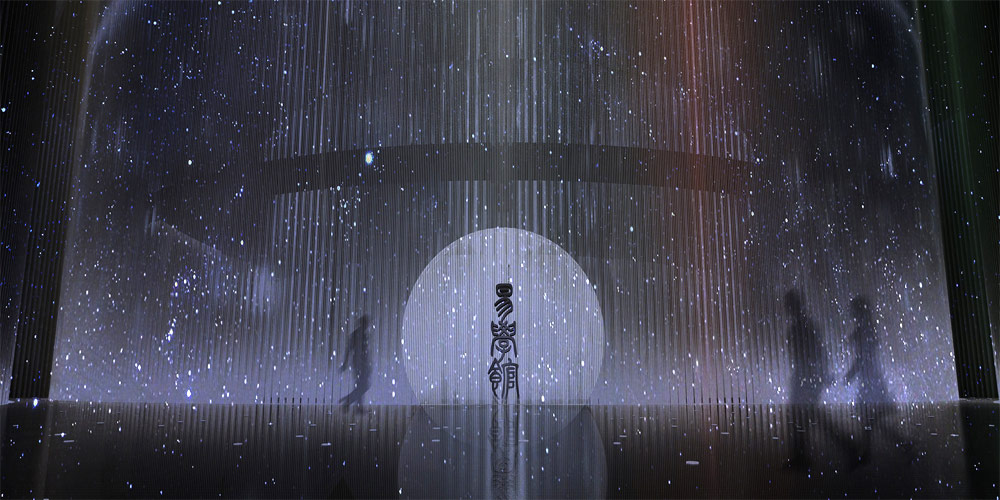
Linz Art University’s Interface Cultures program annually invites an international partner university to present work being done there at the Ars Electronica Festival. This year’s guest is Tsinghua University, one of China’s most famous universities. The Beijing school is a member of the C9 League, an association of the country’s nine most prestigious institutions of higher learning. The Campus Exhibition will showcase outstanding works of media art by Tsinghua students.
Amidst the iterative process of technological innovation that humankind drives forward, electronics, machines, information and media are incessantly engendering new “life forms.” In our work, we attempt to capture such brilliant bursts of creativity and, via indeterminacy and contingency, to breathe into our art & design projects an extraordinary vitality, a charm all their own. The works have never been so closely associated with the time, the processes and the places in which they originate, and with their audience. In this exhibition, we, proceeding from an academic point of view, aim to shed light on the complex interrelationships operative nowadays between the “things in the world” and human beings, and, before the backdrop of a multicultural culture, elaborate on China’s past present and future.
This exhibition showcases the results of scholarly research done and instruction given in recent years at the Department of Information Art & Design of the Academy of Arts and Design at Tsinghua University. The show includes works by students and faculty members in the Information Art & Design, Animation, Photography and Digital Entertainment Design departments. It consists of three main subdivisions: digital conservation and innovation in the field of traditional Chinese cultural heritage, works of interactive media art, and a screening of more than 20 works of animation.
Producer:
Faculty for Creative New Media and Performing Art, Department of Information Art & Design of the Academy of Arts and Design, Tsinghua University, Beijing
Narrow Streets Dating Back to the Ming and Qing Dynasties
Wu Shizhong, Guan Yan, Wu Qiong, Wang Zhigang, Zhang Mangmang, Xiang Feng
Yiyang’s old inner-city lanes, which date back to the Ming (1368-1644) and Qing (1644-1911) dynasties, are typical of classic southern Chinese urban planning. Still very well preserved, these narrow streets are lined with buildings in a unique architectural style. The edifices enable us to understand the construction techniques used in those days, the spatial concepts the planners implemented, which customs and ways of life prevailed then, and how the city developed. The ancient lanes of Yiyang are now considered the most beautiful in southern China.
The Ceramic Kilns of Yangwuling
Wu Shizhong, Guan Yan, Wu Qiong, Wang Zhigang, Zhang Mangmang, Xian Feng
The ceramic kilns of Yangwuling in Yiyang, Hunan Province are almost a thousand years old and an essential part of southern China’s cultural heritage of peasant ceramic craftsmanship. The wares produced there were influenced by the delicate ceramic style of the Southern Song Dynasty (960-1279) as well as the coarser, more audacious style of the Yuan Dynasty (1279-1368). These ceramics give us insights into how the society of Hunan Province developed over various historical periods.
Dunhuang’s Digital Conservation – Virtual Exhibition Platform
Lu Xiaobo, Wu Qiong, Zhang Lie, Chen Lei et al..
This research project was conducted in conjunction with the National Basic Research Program of the People’s Republic of China. It is a multimodal platform for the presentation of digitized cultural heritage. It brings together visual and auditory elements, and shows murals from the Buddhist grottoes of Dunhuang from various perspectives. This presentation combines Virtual Reality and Augmented Reality, lives up even the most demanding artistic criteria, and offers both the general public and Dunhuang specialists an immersive experience that complies with both scientific and artistic standards.
Dunhuang – VR Exhibition (Encounter with the Tang Dynasty, Dunhuang)
Lu Xiaobo, Ma Lijun
This work is part of a VR platform for the presentation of the digitized cultural heritage of Dunhuang, a Buddhist center on the ancient Silk Road famous for its cave temple. It is based on a high-definition virtual reconstruction of the current state of Cave 159 of the Buddhist Mogao Grottoes of Dunhuang. This work employs VR methods to put the presentation visitor right into the middle of this cave. The visitor can move about freely and, in an impressive immersive experience, get close-up looks at the details of the sculptures and murals inside.
Land of Hope
Shi Danqing, Xian Feng, Wang Zhigang, Dai Dai
Land of Hope is a major multimedia installation which was the centerpiece of the China Pavilion at Expo 2015. Set up on an approximately 450-square-meter space, it consisted of 20-30,000 luminous artificial rice stalks that constituted an imposing “field” designed to serve as a medium for the presentation of dynamic images. Pavilion visitors could walk through this field and then up a ramp to an observation platform, which provided an impressive overview of the entire field.
DuBike
Wang Chao, Xu Yingqing, Su Yi, Tao Ji, Wang Meng, Sun Zhuang, Huang Xiangyang, Fang Ke, Wang Yu, Gu Jiawei, Yan Suosuo, Zhang Lei, Mi Haipeng, Yu Kai
DuBike is a smart bicycle developed by X-Studio at Tsinghua University together with the Deep Learning division of Baidu, an internet services provider. While DuBike is in motion, sensors mounted on its frame collect information about the cyclist’s physical condition as well as the environment though which s/he’s cycling. Via voice output and a display system, DuBike gives the cyclist real-time feedback about his/her performance. And it can simultaneously analyze various factors—physiological indicators, cycling habits, location, bike path condition, environmental quality—and deliver real-time routing suggestions, smart tips and other biking-related services to the user.
China National Sinology Center, Exhibition Design of the Zhouyi Pavilion
Zhang Lie, Wang Zhigang, Yao Jijun, Cui Xiaosheng et al.
The China National Sinology Center is an exhibition venue dedicated to traditional Chinese culture. Zhouyi (known in the West as Yi jing or I Ching) has always been regarded as the most important work among the classics, as the origin of the so-called Great Path. The exhibition design’s metaphor consists of a thousand LED columns representing a stereographic forest of yarrow (achillea) stalks that allow installation visitors to experience the esoteric wisdom of the Zhouyi.
The Rhythm of the City
Wu Qiong
The work was a data visualization of Xiamen residents’ journeys. It visualized real-time data on Xiamen residents’ journeys at various times of the day, such as positions, directions and distances. These visualizations described Xiamen residents’ points of departure, destinations, duration of journey and general rules, shown on a real-time mobility map of the dynamic flow of Xiamen city residents, reflecting the distribution of the districts and the characteristic connections of the city. The landscape described by the data visualization resembled rhythmic pulses of the city, by which people can observe and analyze their familiar city from a different perspective, the rules and characteristics of which are available for transport and urban planning in the rapidly developing City.
Mu Mu – A New AR Interaction
Zhu Hui
Mu Mu amalgamates animation art and cutting-edge technologies including state-of-the-art Augmented Reality technologies. The project, which was selected for a joint venture with Disney, offers an advertising platform for several international firms. Installation visitors can try out innovative new VR interaction and take part in the creative process themselves. In this way, the project imparts a powerful experience of live interaction.
To Live
Wang Zhigang
The video works used in this play give theater-goers a visual experience of the pain that the chief protagonist feels when she is separated from those she loves. As a result, viewers are touched directly in a way that is utterly unprecedented. The videos further strengthen the extraordinary atmosphere on stage, as they impart a powerfully moving experience.
culture weakness
Deng Yan
culture weakness is video installation consisting of a fan, a cloth curtain and projected videos. It describes a traditional Chinese vessel that cannot be smashed, and thus represents the current state of traditional Chinese culture—fragile but nevertheless strong.
Camera Obscura
Zhang Yinghan
As a forerunner of the camera, a camera obscura is a primitive painting tool. With the help of a ray of light and a viewing aperture, the painter can use it to render a clear, realistic picture of an object. Taking the technical principle of the camera obscura—which yields an upside-down and laterally reversed image—as my point of departure, I produced a simple apparatus that I applied to the video medium as a means of scrutinizing society’s relationship with groups of people who have different sexual orientations.
Uncertain Substance
An Ji’er
This uncertain substance emerged from the deconstruction and reassembly of pictorial artifacts into a strange new image that evokes a state of indeterminacy. As the upshot of mistrust towards experience and judgment, Uncertain Substance lets us see things in a way this is impartial and free of bias. This is perhaps the primordial state of things.
Waiting
Lai Weiwei
In the wake of rapid technological development, we have gotten used to a fast, efficient lifestyle nowadays. To create Waiting I shot scenes in everyday life in which people are made to wait. Playing the film back in slow motion radically decelerates the sequence of images and thereby expresses the feelings people experience while they wait and wait and wait.
The Pit
Li Tong
In a state of absentmindedness, all sorts of fragmentary images insinuate themselves into our consciousness. We’re powerless to prevent this. It’s not until we consciously dredge up these images that we become aware of how much they influence us, and we begin to take an interest in them, these pictures that conform to no stringent logic.
When we bury things and commemorate them, it’s as if we can keep in mind what has been lost. As for me—my remembrance of things, both before and after they were lost, consists of precisely such image fragments. That which was buried doesn’t exist in reality; nevertheless, everything is there.
Mermaid Can
Zhou Qiannan
Reality and constructed truth have always been the discourse that the artist has been drawn to through her life. The artwork is constructed involving different media: video projections of footage shot in multiple states in the US and some in France, handcrafted clear casts from small antiques, a cabinet holding the casts onto which videos are projected, and a mythical time. It presents semi-living specimens resembling the mermaid’s body parts from P.T. Barnum’s Fiji Mermaid Show, a big hoax in the 19th-century US. It shows the juxtaposition of kitsch and ornament, morbidity and beauty, disgust and fascination. It probes the manipulative use of media and anthropologically rich phenomenon of animal exhibits in various forms from earlier times, but also reflects on our modern visual experiences.
Untitled
Li Qingyu
All will disappear. Regardless of how long you live in this world, you’ll eventually vanish. Experiencing how something disappears or is reborn is a feeling that can’t be expressed in words. The artist attempts to manifest this feeling and make it possible to experience the process of departure and return by letting these processes run side by side in slow Motion.
Illusion
Liu Yushan
Truth and falsehood, reality and fantasy are interdependent. If you pause and reflect in contemplation of a landscape, only time can tell you if it’s real or unreal. If you dissect images and rearrange them, repeatedly take them apart and put them back together again, it’s only at the moment of reassembly that you’re able to recognize the subtle difference between “reality” and the “true countenance” of what you behold. What we see isn’t truly the world, but rather a small world that we create from a still-life. But when the images are isolated, one can only hope that those viewing them judge the content of a particular image on the basis of their own individual visual experience. This is also a process of the construction of perception.
Sand Letter
Tian Li, Fu Zhiyong, SeeekLab
There’s a saying in China: “Show me your handwriting and I know who you are.”
Writing Chinese characters, stroke by stroke—this is a source of fascination that electronically generated scripts or symbols can’t even come close to achieving. Sand Letter and its appurtenant app transform the installation visitor’s handwriting into a calligraphic line in the sand drawn by smart hardware. Even over a considerable distance in the sand, similar brush strokes and styles of forming characters can be represented.
Creative City
Fu Zhiyong, Qiu Bixuan, Niu Siyue
Creative City provides insights into a complete Making process, an innovative collaborative model that ranges from the space itself to the depiction of a Makerspace with its lively setting. In this work, a stereoscopic book is linked to projections. When a user browses through this book, his/her act of touching the installation’s chip triggers the projection mode. Videos and animated sequences then appear in the book, and thus launch a process of interaction that enables the user to discover the possibilities of a Makerspace.
Sightseeing Elevator
Fu Zhiyong, Tian Li, SeeekLab
This sightseeing elevator commutes between the real world and the digital one. Inside, numerous videos are available. Installation visitors can ride a “phony” lift that simulates the experience of riding a real elevator from one floor to the next. Passengers can peer out of the cabin’s window and thereby perceive a strange yet familiar space/time and experience a completely different world.
InstaBooth
Fu Zhiyong, Guo Jiajing, Ge Sihang
InstaBooth visualizes a link-up between two cities. Beijing and Linz, two cities that can each look back on a long, rich cultural tradition, teamed up to produce this exhibition. InstaBooth transposes locations on the city maps of Linz and Beijing. Installation visitors can position cubes on both maps; the animated sequences that then appear provide a means of comparing and contrasting the two cities.
VR Terracotta Army
Zhang Lie, Tan Xingdong et al.
The terracotta army of Emperor Qin Shihuangdi, one of the most important manifestations of China’s extraordinary classical culture, is a World Cultural Heritage treasure. Thanks to the latest VR technologies, spectators can stand face-to-face with the soldiers and get a close-up look at the impressive dimensions of the imperial tomb and the lifelike appearance of its terracotta warriors.
Interactive Version of the Night Revels of Han Xizai
Shi Danqing, Shi Qingyuan, Chen Congxin, Feng Shuangni, Wang Zhigang
This is a digital interactive version of the Night Revels of Han Xizai, a classical 10th-century scroll containing painting and calligraphy. New media technologies have been used to create an interactive, animated narrative design based on details of the original, and to stage it in three-dimensional scenery. By interacting with the imagery, an installation visitor can experience the fascination of Chinese painting
Outing into the Mountains and Streams
Wang Zhigang, Jia Shan, Mei Jing, Wang Yingqi, Hao Mingzhu, Ye Dong
This work, based on the classical painting Outing into the Mountains and Streams, uses the methods of classical Chinese garden art to imitate the landscape in the painting. It emphasizes the aspect of mediatization and the immersive experience, and thus realizes a contemporary interpretation of the original work, the earliest traditional landscape painting of which the West ever took note. The work consists of three parts: Fascination of the Mountains, Climbing the Mountains and Venerating the Mountains. It carries spectators into the mountains and is thus an extension of a three-dimensional abstract image of the landscape.
Spirit Wandering in the Dark
Wang Zhigang, Ruan Jianan, Zhang Jieye, Chen Xiaoyu, Tang Muyuan
Water and mist billow and surge; ghosts perform their dances. These nature spirits are projected onto a carrier medium, fog, in a miniature landscape that is typical of Chinese gardens. Many elements—real and unreal, kinetic and stationary, hidden and visible—dovetail to create a mysterious, oriental atmosphere.
Tribe of Demons
Wang Zhigang, Jiang Yuntao, Chen Kaixi, Xu Benyi, Feng Lei, Wang Linfeng
This amusing ecosystem set up on a tabletop enables several participants to interact. It is populated by odd little figures with a wide range of traits—they differ in appearance, character, modes of locomotion, and kinship forms. Installation visitors can use various hand movements to engage in a rather natural form of interaction with these peculiar creatures. If the circumstances and the internal equilibrium of the system are modified, visitors can track the ensuing developments and the changes that the individual figures and the group as a whole undergo.
Magic Mirror—Invisible World
Wang Zhigang, Luo Wei, Hao Mingzhu, Yang Pengtao
The “I” that an installation visitor sees in the mirror is immersed in a mysterious world. Several spirits—some cheeky, some shy—gather round the visitor and engage in spooky interaction with her/him as the visitor descends into a realm of enchanted interplay somewhere between illusion and reality.
Spacial Gears
Ma Yanlin, Zhu Jiahui
Spacial Gears works in terms of two- and three-dimensional optical illusions, and goes beyond conventional conceptions of interlocking cogwheels. Viewed head-on, the gears mesh with each other and move together. But actually, they’re offset and there’s a certain gap between them. Thus, each gear moves at its own predetermined pace.
MetaLife
Lu Qiuyu, Wang Liyuan, Mi Haipeng, Shi Danqing, Xu Yingqing, Guo Jiajing, Xie Chenrui, Jiang Meijia, Liang Jie, Liu Jing
What is life? When a drop of fluid metal can hunt for game, digest its prey and move about, can it be said to be alive? MetaLife is an interactive installation that consists of a mollusk that feeds on fluid metal. The fluid metal that inhabits the installation seems to be sentient. When interacting with installation visitors, it exhibits shy, curious or even slightly insolent behavior, and prompts its human interlocutor to give some thought to what life actually is.
ZOOO
Lu Qiuyu, Mao Chengpeng, Zhong Qiuheqi, Liu Yejun
ZOOO is an interactive stage upon which several mechanically operated puppets can be controlled simultaneously. Multiple options are available for installation visitors to interact with the puppets. The installation’s software simplifies adjusting the puppets’ motion settings and arrangements. The flexible backdrop makes this DIY stage ideal for customized performances.
Angry
Xu Chutong, Zheng Wei, Li Zhi, Li Jiawei, Gao Jing, Ma Anqi
Perhaps human nature is what makes people want to explore mysterious spaces and peculiar objects. And even if curiosity is the driving force behind progress and innovation, it nevertheless also sometimes violates the private sphere of others or even causes them harm. In thrilling films, a cabinet often seems to conceal a secret, and it’s sometimes even the place in which the solution to a veritable enigma is hidden. What people don’t know, however, is whether their curiosity incites suspicion, aversion or even rage on the part of others. The negative feelings that accompany these reactions might even arouse an interpersonal phobia between strangers and thus bring forth a vicious circle that’s hard for those involved to break out of.
There’s always somebody who’s nice enough to shoot the souvenir photo …
Zhang Yang, Liang Yuyun, Wang Han, Guo Jiajing, Zhou Xueyi, Wang Li, Zhang Fengjie, Wang Yue
Nine emoticons with human facial expressions represent nine classmates. You take out your cell phone, activate the flash and take a snapshot, only to realize that some classmates were making funny faces. Out of curiosity, you take another picture, and lo and behold—now two others are making faces! … So who knows if you’ll ever succeed in taking a perfect souvenir photo?
Mr. Monster
Zhang Su
The most striking features of Mr. Monster are the eyes. A control option makes it possible to simulate and “animate” its eye movements. This endows fruits and vegetables with a new life. The installation consists of nine “images.” When an installation visitor approaches, the eyes concealed in the image open slightly and interact with the visitor. When s/he moves away, the eyes close and the installation returns to stand-by mode.
Fish Feast
Wang Han
Various fish are hidden in this installation’s multiple place settings. These fish usually remain cool, calm and collected, but if you don’t watch out, they suddenly start to flounder! And if you touch them, their original reaction changes—they either start to wriggle even more violently or they just lay there like a dead fish!
Marching Matrix
Sun Yuehui
Marching Matrix was an offshoot of observations and analyses of military parades and similar spectacles. The basic element of the work is a simple rectangular matrix that changes constantly as it moves forward. The observer can use gestures and verbal commands to create various formations seen from a third-person perspective. When s/he comes to understand the rules or reorganizes them, the outcome can be a fascinating experience that also provides food for thought.
Feather
Gong Ziyi
A feather is suspended in a transparent acrylic box on display in the exhibition space. Three of the box’s sides have an opening, which prompts the installation visitor to blow on the feather in the box. When that occurs, the feather registers the change in air pressure and in its own range of motion and it begins to move back and forth. Not far away, a feather that’s 10 times larger than the one in the box is suspended from the ceiling of the exhibition space. When a visitor blows on the feather in the box, an electrical motor makes the larger suspended feather move the same way as the little one. Thus, the installation enlarges the visitor’s impact on a tiny thing and thereby addresses the issue of the extent to which individuals’ behaviors influence their wider environment.
Wandering
Wang Ruocha
Wandering was inspired by a fantasy theme: the migration of flying fish. This is a mechanical installation consisting of gears and connecting rods. In the installation, the mechanical construction is clearly visible; the design idiom was derived from industrial design. Most of the work was done by hand, which endows the inanimate machine with an organic feel and warmth. The installation, on one hand, displays the beauty of the machine and the handwork that went into it; on the other hand, it fulfills an educational purpose and propagates scientific insights and values.
Feitian—Dunhuang’s Dance Animation
Chen Lei, Wang Zhigang
In Buddhist iconography feitian are female spirits that dance to a musical accompaniment. Thousands of beautiful feitian images were created a thousand years ago in the Buddhist grottoes of Dunhuang, a treasure trove of Chinese peasant art. This animated film uses motion capture to present research on the dance style depicted in Dunhuang, thus enabling viewers to get a vivid impression of the feitian and their mysterious, elegant dances.

